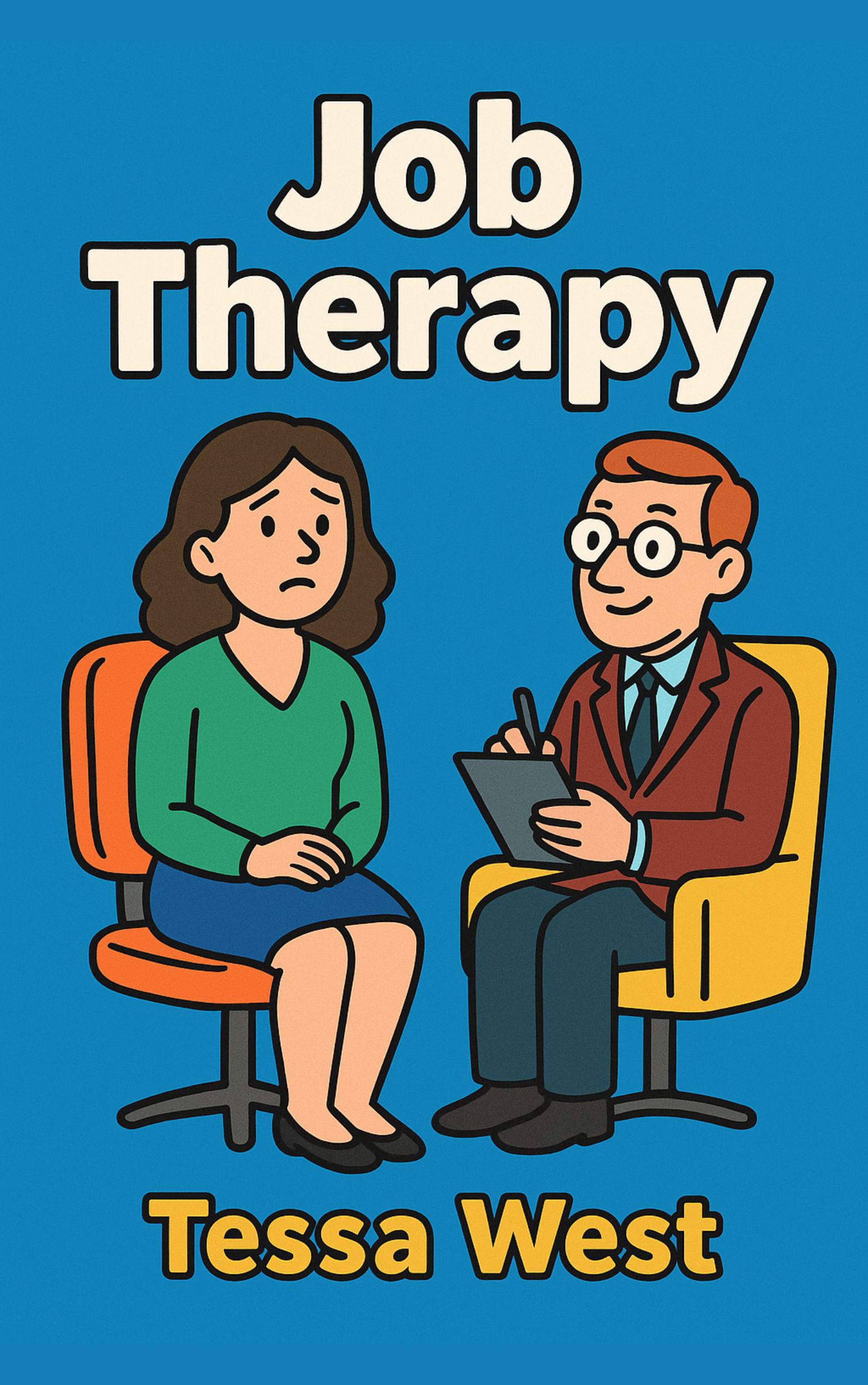Description
Work is a huge part of life. Most of us spend more waking hours at work than anywhere else, so when our jobs don’t feel right, the rest of life can feel off balance too. Job Therapy explores how to face that struggle with honesty, care, and strategy. It invites us to look at our work as more than just a paycheck, but also as a relationship—one that can bring joy, stress, confusion, and sometimes heartbreak. The goal is not simply to quit when things feel tough, but to better understand what we need, what is missing, and how to take realistic steps toward a healthier, more fulfilling career.
One of the first ideas in this book is that real job satisfaction starts with self-reflection. Many people feel lost at work, almost as if they’re stuck in a relationship that no longer makes sense. The numbers back this up—millions report feeling detached or even miserable during the workday. While it’s tempting to believe that a new salary, a new office, or a different company will magically fix the problem, that rarely lasts. Just like in personal relationships, surface-level fixes can’t heal deeper struggles. Instead, the key is to pause and explore how you really feel about your role. Are you motivated, or do you only push through the day? Do you love certain parts of your job but dread others? Paying attention to these feelings helps uncover the hidden emotional side of your career.
Another important idea is that your job is part of your identity. It’s easy to say “work is just work,” but in truth, our roles shape how we see ourselves and how others see us. Take the story of a school psychologist who loved helping people but found her daily tasks turning into endless paperwork. Her career, which once felt meaningful, became draining. She realized that the problem wasn’t just the work itself, but the gap between her true passions and the reality of her position. This example shows how important it is to recognize when expectations don’t match daily reality. You might enter a field for noble reasons, only to discover that the actual work feels far from what you imagined. When this happens, the result is often frustration and even a sense of identity crisis. Facing this honestly can be painful, but it is the first step toward aligning your work with who you really are.
A common reason people feel stuck is that they quietly take on too much. You may accept extra projects, volunteer for tasks outside your role, or say yes when asked for help. At first, it feels like you’re being helpful and showing initiative. But over time, the weight of too many side responsibilities can leave you exhausted, without adding much progress toward your own goals. This is why asking for feedback is so important. Talk to your manager or a trusted leader and ask directly whether the extra work you’re doing truly matters for your growth. Will it count toward advancement? Is it recognized as valuable? Sometimes, the answer is no, and in those cases, you need to refocus your time on work that connects with your career goals. Feedback helps you see where you stand, where you’re going, and what changes you can make to move forward with less frustration.
Stress is another major theme. Many people believe they know exactly what stresses them out at work, but often, they’re only half right. For example, you might expect a presentation to be stressful but overlook the effect of constant interruptions, surprise meetings, or even the long commute. By tracking stress each day—writing down what you expect in the morning and what actually happened in the evening—you start to see patterns. Maybe certain tasks always drain you, or maybe you’re underestimating the impact of small but constant annoyances. Once you see the real sources of stress, you can make targeted changes. Even small adjustments—like rearranging your schedule, setting clearer boundaries, or practicing reflection exercises such as writing down three things that went well each day—can make a big difference.
When dissatisfaction grows too strong, many people dream of starting fresh. But big career changes should be handled carefully. Instead of rushing to escape, it’s wiser to think about what skills you enjoy, where they fit best, and how you can apply them in new ways. Begin by listing what you do well and what tasks give you energy. Then, explore other roles or industries where these skills are needed. Networking helps here: talk to people already in the field you’re curious about. Ask them what the job really looks like behind the scenes. Often, roles have hidden tasks or unspoken challenges that you won’t know until you ask. By doing this research, you avoid surprises and make more informed decisions.
Career transitions don’t need to be dramatic leaps. They can be gradual, like “dating” a new identity. You might try freelancing on the side, shadowing someone in a different role, or volunteering for a project that lets you test new skills. This way, you learn whether the path feels right before committing fully. The book emphasizes balancing gut feelings with logical planning—listening to your heart while also checking if the choice fits your needs and lifestyle. Small steps reduce risk and help you build confidence.
In the end, Job Therapy is about treating your work life with the same care you’d give to a close relationship. It asks you to listen to your emotions, track your stress, seek honest feedback, and explore new directions thoughtfully. Job satisfaction is not about luck or quick fixes—it is about awareness, planning, and gradual change. By understanding yourself better and being willing to experiment carefully, you can create a career that feels not only successful but also deeply fulfilling.
This book is a reminder that work is personal. It affects your mood, your identity, and even your sense of purpose. Instead of ignoring dissatisfaction or rushing into big decisions, you can face it with therapy-like reflection, openness, and patience. Over time, this approach transforms the way you see your job and yourself, leading to a work life that truly supports your well-being and growth.





